Find the right Hearing Aids for you
Hearing Aid Repair and Maintenance
Hearing aids are comprised of tiny electrical components that may experience wear and tear over time. If this is the case, you’ll likely need to visit your hearing professional to have the problem assessed. Whether it’s simply due to aging or the units have been exposed to moisture, excessive wax, debris or physical damage, you’ll want your hearing specialist to evaluate the extent of repairs needed.
Hearing Aid Maintenance
One easy way to keep your hearing aids in good working order is by properly caring for and maintaining the devices. This means cleaning them daily with a dry cloth, removing batteries at night to allow any moisture to evaporate and examining them periodically for any scratches, cracks or damages. Remember to talk with your hearing care professional if you discover any kind of malfunction or damage to your device.
Hearing Aid Repairs
If you are a current patient and have hearing aids that were not fit in our office, we are happy to try to repair your hearing aids. We are able to service most major manufacturers of hearing aids and can advise you as to whether yours is a brand we service. Hearing aids come with a warranty when purchased new. If your warranty has expired, it is still possible to repair most hearing aids for a small fee depending on the extent of the repair and the age of the hearing aid. Depending on the hearing aid manufacturer, this repair may come with a new year-long warranty. In the event your hearing aid is severely damaged and unable to be repaired, our professionals will work with you to determine what devices would be best for your current needs. Your hearing professional will provide you with details when you bring your hearing aid into the office.
Common hearing aid issues
You may try to turn the hearing aid on in the morning and find that there is no sound or you may find that the battery door has come unhinged. These things do happen, even when the hearing aids are properly cared for. If you should experience an issue that requires a repair, take the hearing aids to your hearing care professional. They are equipped and trained to evaluate and diagnose broken hearing aids. Some minor hearing aid repairs can be done in the office setting in a short period of time; others may need to be sent to the manufacturer for repair. Your hearing professional can help determine what kind of a repair is necessary if you feel your hearing aid is not working properly. Your hearing specialist will work as a liaison between you and the manufacturer should it require being sent away, to ensure you are up-to-date and know when you’ll be getting your devices back.
Hearing Aid Fitting
The hearing aid fitting appointment and Texas Professional Hearing Centers is an appointment scheduled after you have ordered your new hearing aid devices, typically once a hearing aid evaluation has been completed.
The hearing aid fitting appointment is exactly what it sounds like: during the appointment, the audiologist will take your new devices and set or tune them to help bring you better clarity in your hearing.
How does tuning work? With live speech mapping.
Today, our audiologists rely on live speech mapping, the new industry standard in hearing aid fitting. Live speech mapping is a new technology that has changed the way hearing healthcare professionals have been able to tune and set hearing aids.
By inserting a small microphone into the ear canal, next to the hearing aid, audiologists are able to pick up the sound that enters the hearing aid in real-time; that data is sent to a computer in real-time, enabling the hearing healthcare professional to fine-tune, based on a patient’s reactions (example: sound too quiet, sound too high-pitched). With live speech mapping, fitting hearing aids has never been more accurate, reducing the need for follow-up appointments after the hearing aid fitting appointment.
Follow up and care
While live speech mapping may reduce the rate of follow up appointments needed, at Texas Professional Hearing Center, we like to check in with our patients to ensure their new hearing aids are still comfortable and working well. We encourage all of our patients to call if anything doesn’t feel right or if you think you could benefit from an adjustment.
Custom Hearing Aids by ReSound
ReSound offers the most advanced hearing technology, custom designed just for you. The crafting process simulates the design in the ear at the manufacturing sites before being sent to 3D printing. This helps you achieve the best hearing in noisy environments. Custom hearing aids are delivered to you in a weatherproof, sweatproof package, perfectly designed for you.
Hearing Aid Types
There are many distinctive designs and types of hearing aids to counter hearing loss. What each hearing aid can accomplish for you varies only a little. Therefore, the results of your hearing test and your way of living will determine what type of hearing aid is best for you.
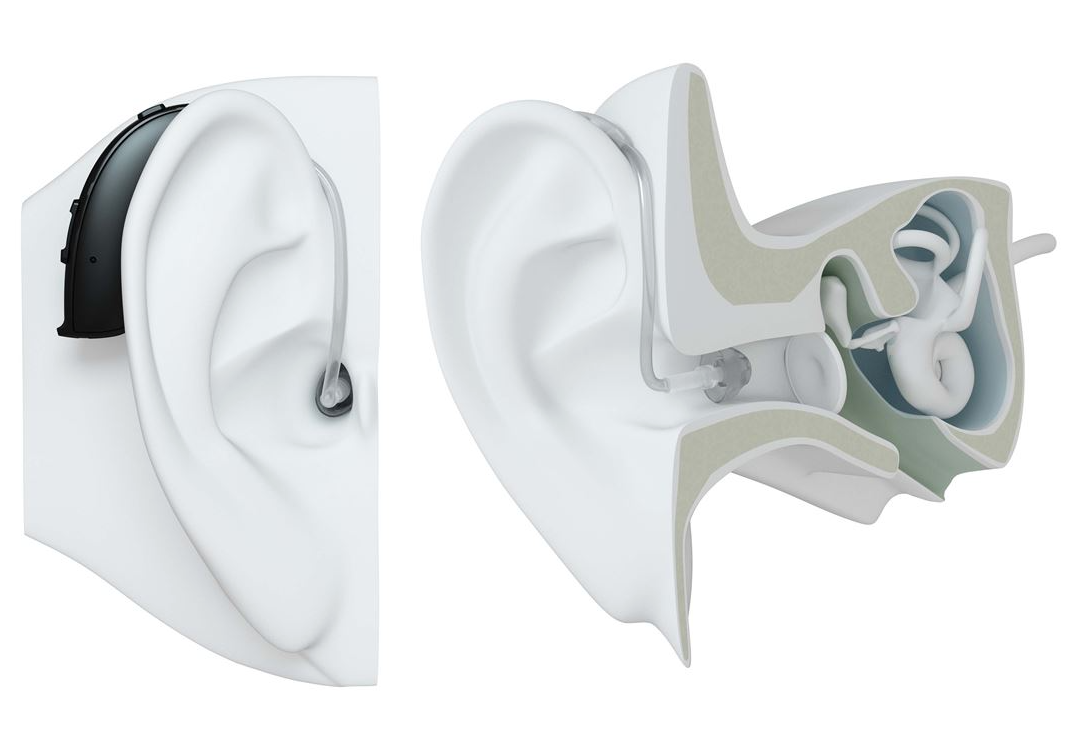
BTE Hearing Aids
A behind-the-ear (BTE) hearing aid lies behind the ear while hooking over the top. They are easy and quick to fit.
RIC Hearing Aids
A Receiver-in-canal (RIC) hearing aid lies behind your ear and transmits sound through a little tube that enters your ear canal. They are smaller than a standard hearing aid, but still host a variety of features.
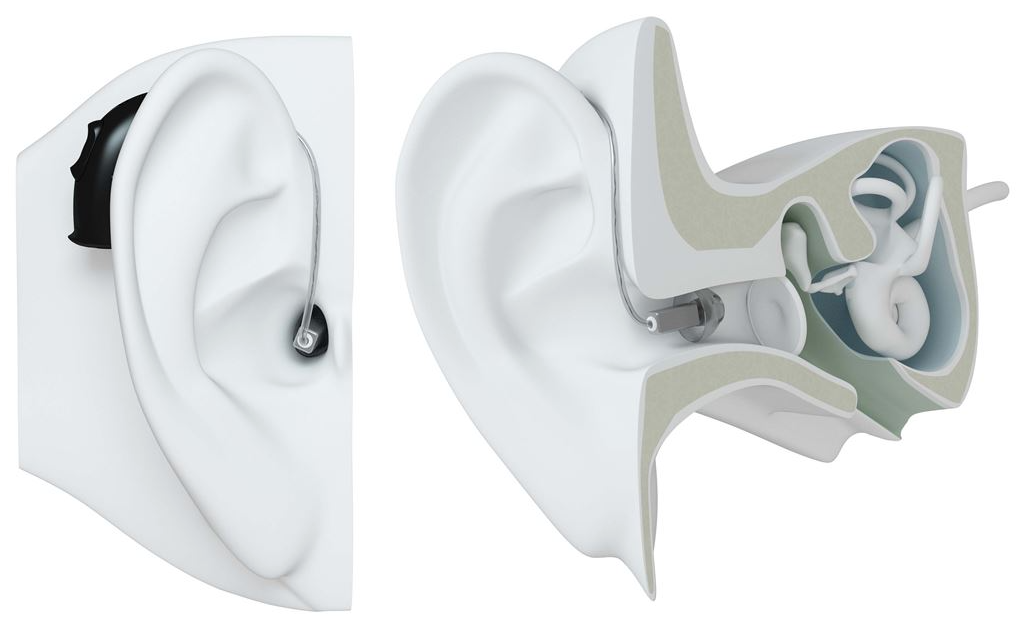
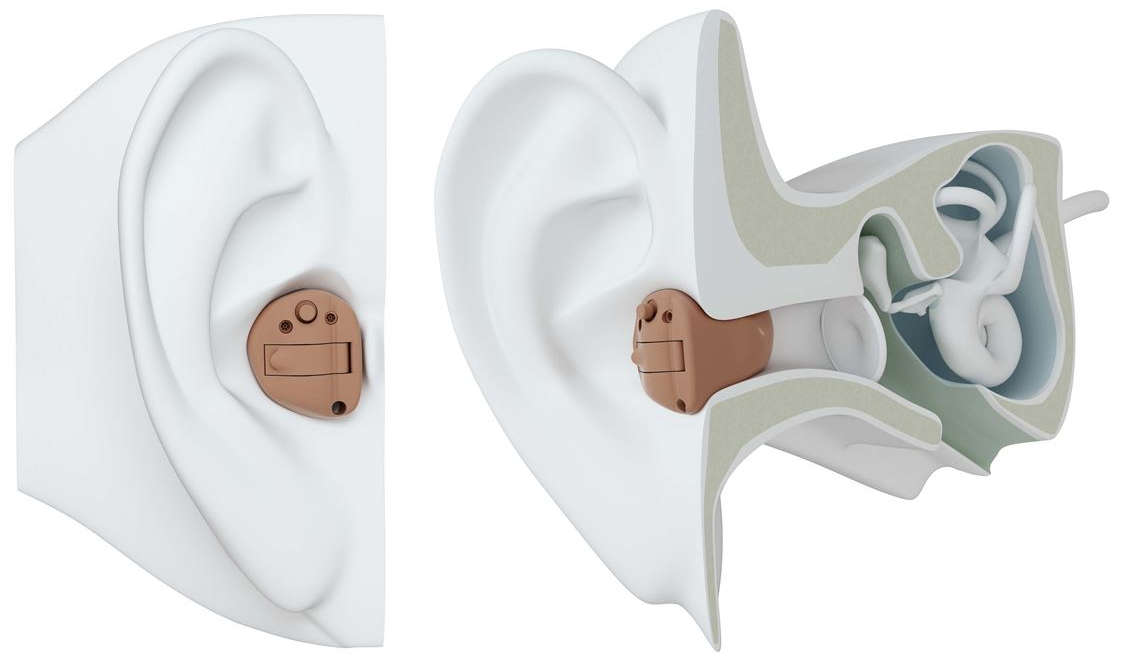
ITE Hearing Aids
ITE hearing aids include all types that are worn completely in the ear and not behind the ear.
ITC Hearing Aids
ITC hearing aids are remarkably similar to the ITE hearing aids with the exception that they are a bit smaller and only fit in the bottom part of your ear, filling the ear canal.
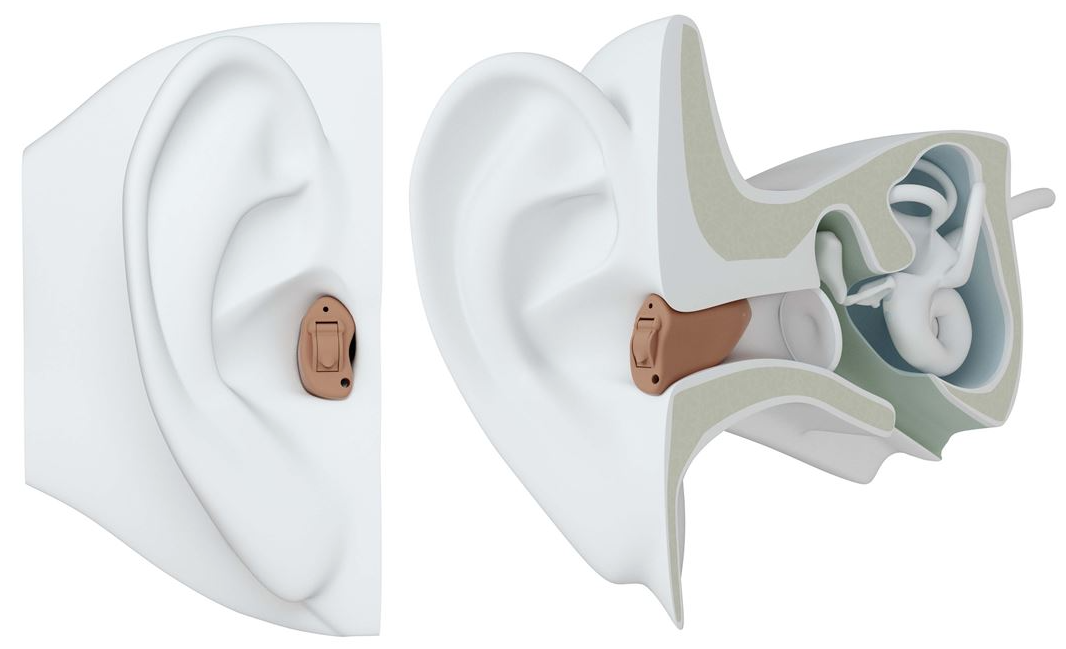
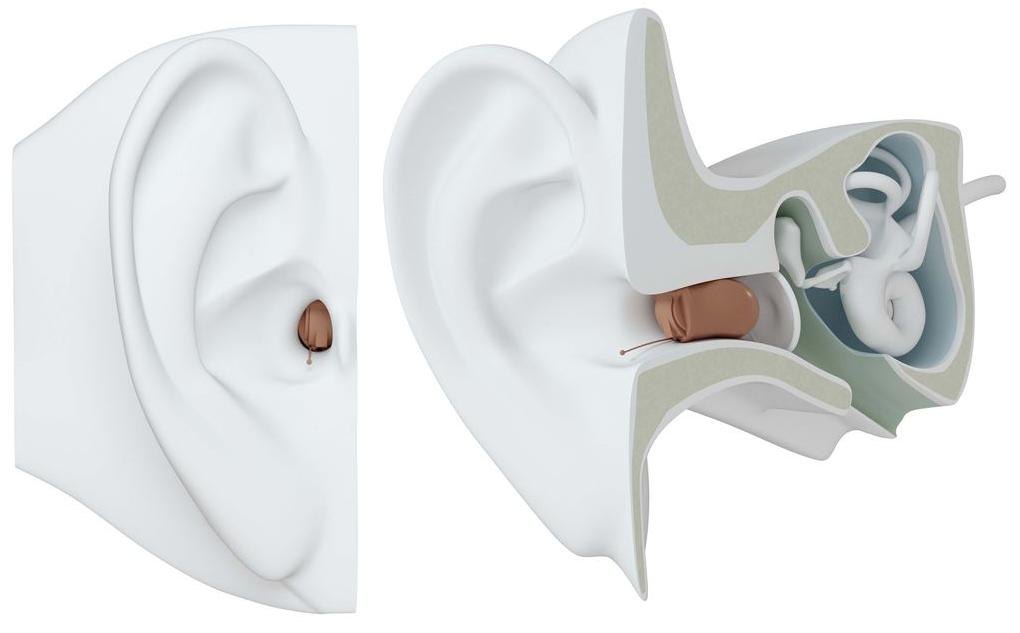
CIC Hearing Aids
The completely-in-canal (CIC) hearing aids are a discreet and more cost-effective choice. CIC hearing aids are specifically fitted to your individual anatomy using an ear canal impression. CIC hearing aids with Bluetooth are also available.
Invisible In the Ear Canal (IIC) are the smallest custom hearing aids available and are designed and molded to fit perfectly inside your ear canal – making them nearly undetectable to everyone around you, aside from a small wire to help you easily insert and remove them.
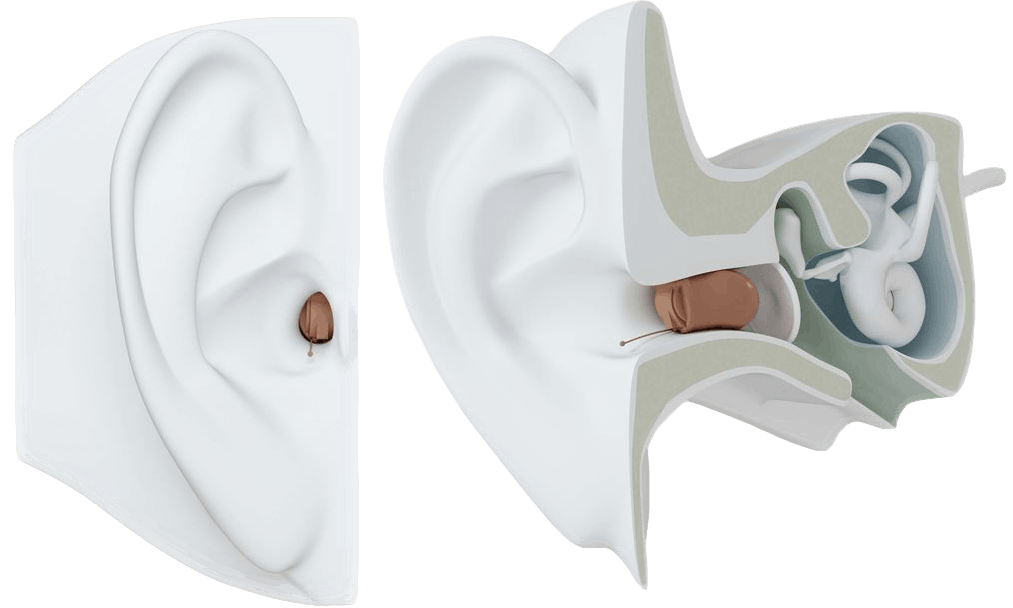
Do you have questions about Hearing Aids? Contact us using one of the options below. We look forward to hearing from you.

